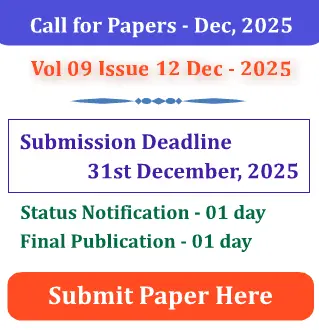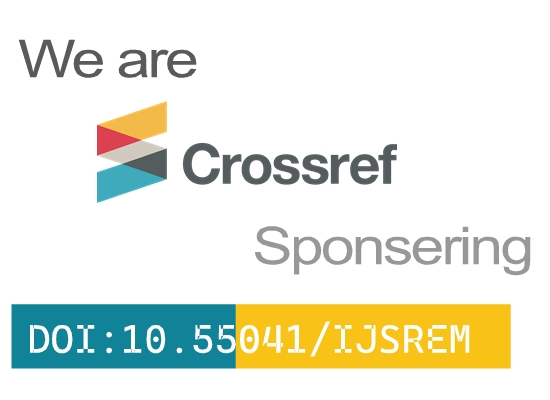Empowering Students for Competitive Exams: Leveraging Generative AI for Personalized Study Plans and Adaptive Learning
Antony Ronald Reagan Panguraj
Email: antony.reagan@gmail.com
Abstract
Cooperate measures of emergency preparedness and response are important in preventing high loss of life and destruction of property during disaster. However, the impact varies by population and, in particular, age distribution, which requires individualised strategies. This paper aims at identifying which approach of Data Analytics and / or Artificial Intelligence can be utilized to develop age-sensitive emergency planning. It could enable disaster response teams to pin-point the exact needs of any age group and ensure that the business comes up with intervention solutions for that particular age sets. For instance, children, senior citizens and persons with disabilities during disasters, may have special needs, like the need for help to be evacuated or maybe need medical attention. AI models can be employed to estimate how specific population age groups will likely react and how susceptible they are to specific dangers so the responders will know where to allocate resources. The following research questions guide this paper based on the current literatures on disaster response, demographics, and artificial intelligence in emergency initiatives: This paper gives a roadmap of how these issues can be aligned to a common plan that enhances disaster risk management. The proposed solution is aimed at strengthening people’s disaster preparedness and response, as the approach considers age-related aspects at every stage. Finally, communities will enhance their capabilities to address disasters through analysing data and incorporating Artificial Intelligent systems for people of all age.
Key Words: Disaster Response, Data Analytics, Artificial Intelligence, Age Demographics, Emergency Preparedness, Vulnerable Populations
DOI: 10.55041/IJSREM10902







